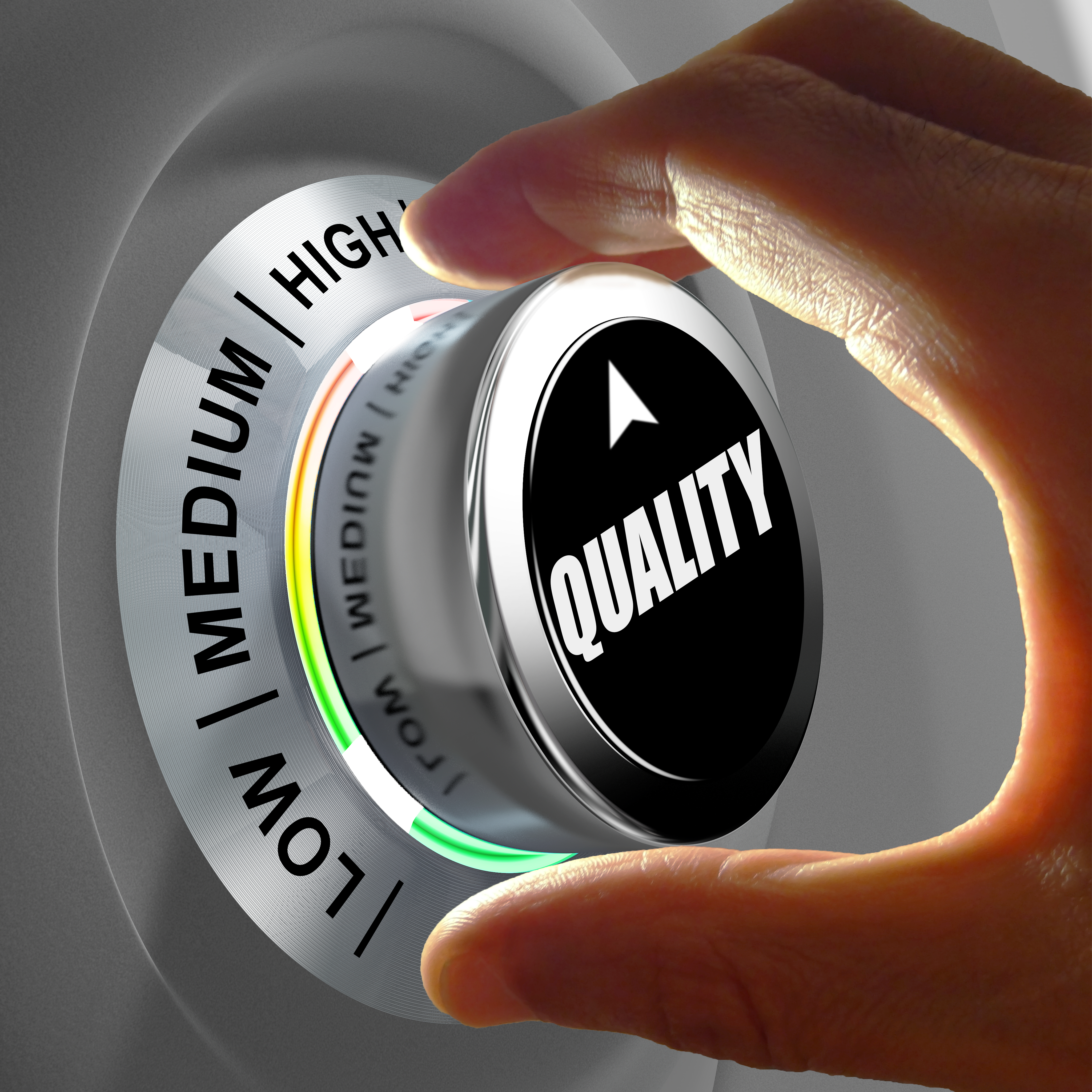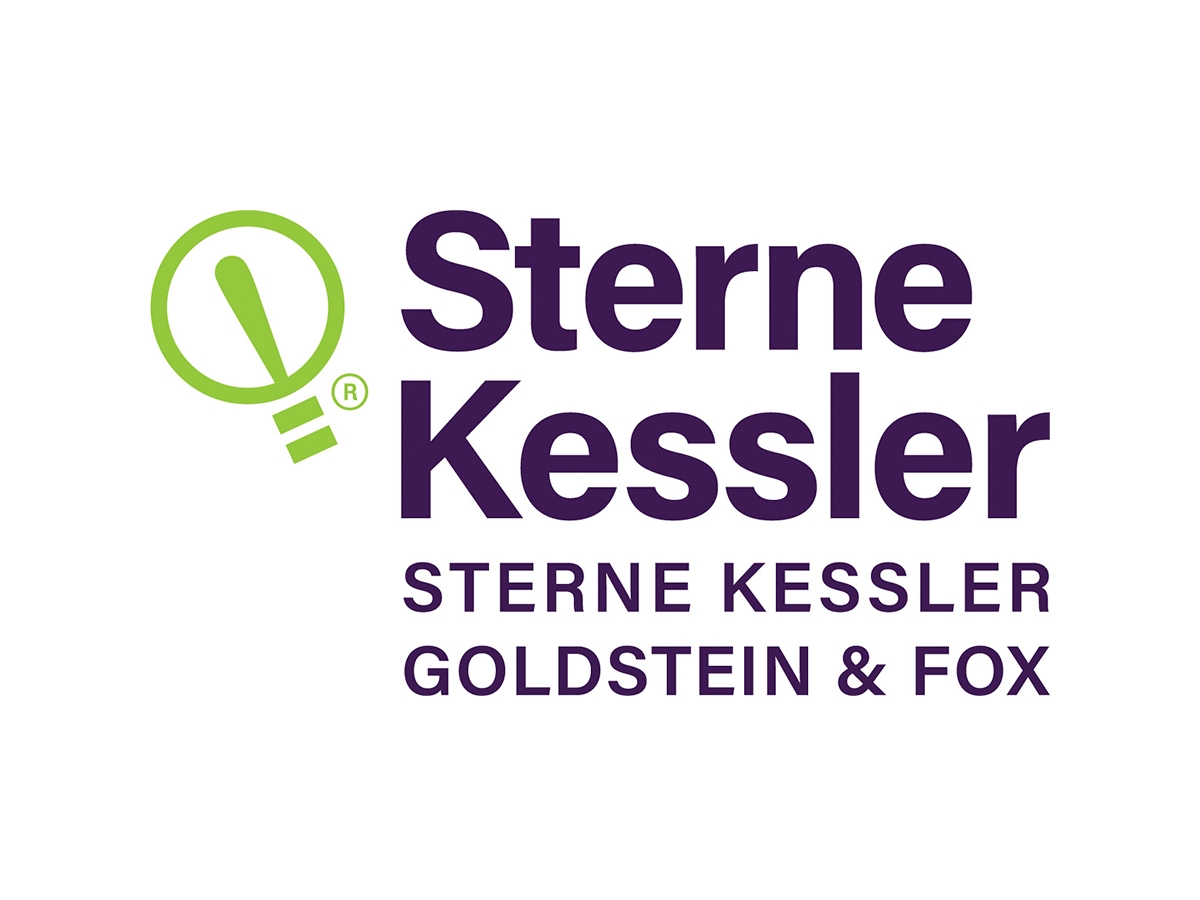Let’s Take This Simple First Step Toward Better Quality Patents
“Citing to specific lines for bases in the specification allows everyone to determine whether the newly claimed invention was originally contemplated by the inventors and provides more certainty for limited effort.”
The quality of issued patents drives the entire patent system. Valid patents fuel innovation, but invalid patents often have the opposite effect. Well-searched claims with clear boundaries, detailed disclosures with understandable teachings, and alignment with the proper statutes, rules and regulations, all contribute to a high-quality patent that an inventor can rely on and that appropriately apprises competitors and the public of the scope of the invention.
Although the U.S. patent system overall is still arguably the best in the world, there is room to do things better. Instead of leading the world in issuing robust and reliable patents, we are at risk of being surpassed by China in the innovation arena. It is incontestable that many improvements to drafting and prosecuting of patent applications can be made by both the applicants and examiners to provide more certainty to the validity of issued patents. Many of these refinements could be implemented easily, and if the patent community starts now to advance the patent examination process, we could significantly improve the strength of issued patents, enabling greater reliance and security for patent owners in making investments, reducing unnecessary litigation costs, and greatly diminishing the need for post grant procedures to review patent validity.
Let’s Start Now
Various proposals have been made for improving quality, ranging from the better use of AI in examination to providing better training and more time for examiners. Many of these proposals are mentioned in the U.S. Patent and Trademark Office’s (USPTO) recent request for comment on enhancing patent robustness and reliability. These are laudable goals, and I support their further consideration. But let’s start with a simple proposal that could be implemented right now, without significant effort or any additional cost: requiring patent applicants to point to the support for new or amended claims.
Applicants frequently propose new or amended claims during prosecution of their original application or by filing continuing applications. When they do so, they should be required to specifically point to the bases in the specification that support their changes or additions. Applicants are already advised to show support for new or amended claims in their original disclosure, but all too frequently applicants merely make vague reference to broad parts of the specification or to embodiments where the support is not what is alleged. This simple problem has an equally simple solution. The patent office should require applicants submitting amended or new claims to cite the pages and lines where applicant believes support resides for each change or addition.
Unlike our friends in Europe, we do not have an “in haec verba”” requirement in the United States. The European Patent Convention explicitly forbids amendments that add subject-matter beyond the content of the original application as filed or that extend the protection that a claim confers. As a result, an applicant whose initial claims are too broad is often precluded from adding new limitations to narrow them. And applicants whose initial claims are too narrow are forbidden to extend their protection by broadening them. Our more applicant-friendly rules allow new or amended claims of different scope and content than those originally filed, as long as they are supported by the original disclosure. But this support should still be clearly shown.
Now, some may argue it is the examiner’s responsibility to make a determination of support, and I agree that the ultimate evaluation falls on the examiner.. However, it is the applicant that is proposing a change to the claims, and it is the applicant that best knows where to find support for them. Applicants already have an obligation to point the bases out, and it’s reasonable to require them to do so with appropriate specificity. Doing so makes things a lot more efficient for the examination that follows, and sets the patent examiner up for a more straightforward evaluation of section 112 and application of the prior art.
Not a New Concept
This type of requirement has already been adopted by the patent office in other contexts. For example, patentees “must” supply an “explanation of the support in the disclosure” for new and amended claims in reexamination. Similarly, in inter partes review and post-grant review, motions to amend must set forth “[t]he support in the original disclosure of the patent for each claim that is added.”
Applying this rule in examination would reduce the time required to evaluate written description issues. Examiners have very limited time to undertake the examination of a patent application. On average, they only have about 20 hours to conduct a full examination. I would rather see more of that time spent on searching and developing a detailed record instead of tracking down support for amended claims. Additionally, making applicants “show their work” when seeking to alter the original claims would itself discourage the filing of unsupported claims, increasing efficiency and further reducing the burden on examiners.
Some practitioners will argue that such a requirement will require costly time and that most patent prosecution is flat fee and not very profitable. That is not a compelling argument for flooding the system with patents of dubious quality. In reality, this requirement would impose minimal burden on applicants because claim terms already “must find clear support or antecedent basis in the description so that the meaning of the terms in the claims may be ascertainable by reference to the description.”
A Small Price to Pay for Better Patents
Citing to specific lines for bases in the specification allows everyone to determine whether the newly claimed invention was originally contemplated by the inventors and provides more certainty for limited effort. We should not accept the argument that placing modest additional burdens on applicants in order to allow examiners to spend their limited time on more substantive and impactful tasks will make it too difficult to obtain patents. Enabling large companies to amass ever greater portfolios of low-quality patents on the cheap doesn’t serve the public interest or effectively incentivize innovation. Those whose business plans depend on enforceable rights should want fewer patents of higher quality and reliability.. And those inventors who can afford only one or two patents should prefer to invest a tiny bit more in prosecution to avoid wasting their scarce resources on an unsuccessful effort to enforce an invalid patent. This is one step towards better patent examination. I will be suggesting more!
Image Source: Deposit PHotos
Image ID: 74569981
Author: dtjs
Robert Stoll
Robert Stoll is a Partner and Co-Chair of the IP Practice Group at Faegre Drinker Biddle and Reath and a former United States Patent and Trademark Office (USPTO) patent commissioner […see more]







